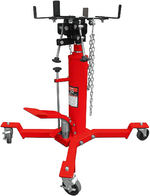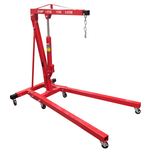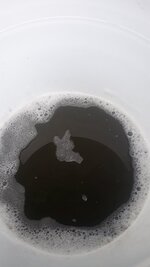Sized, tumbled and flared a few .30-30s with my 'new' neck flaring tool!
View attachment 731053
I just love shiny clean .30-30 brass. Too bad they have pants on. I prefer them naked. I found some brand new, fired, out int he Tillamook last year when we were hunting mushrooms. Still have it sittin' around where i can look at in once in awhile. I'm sorta looking for a decent shape pre-68 win 94 in .30-30. I've seen a couple here and sorry I didn't jump on 'em.



















